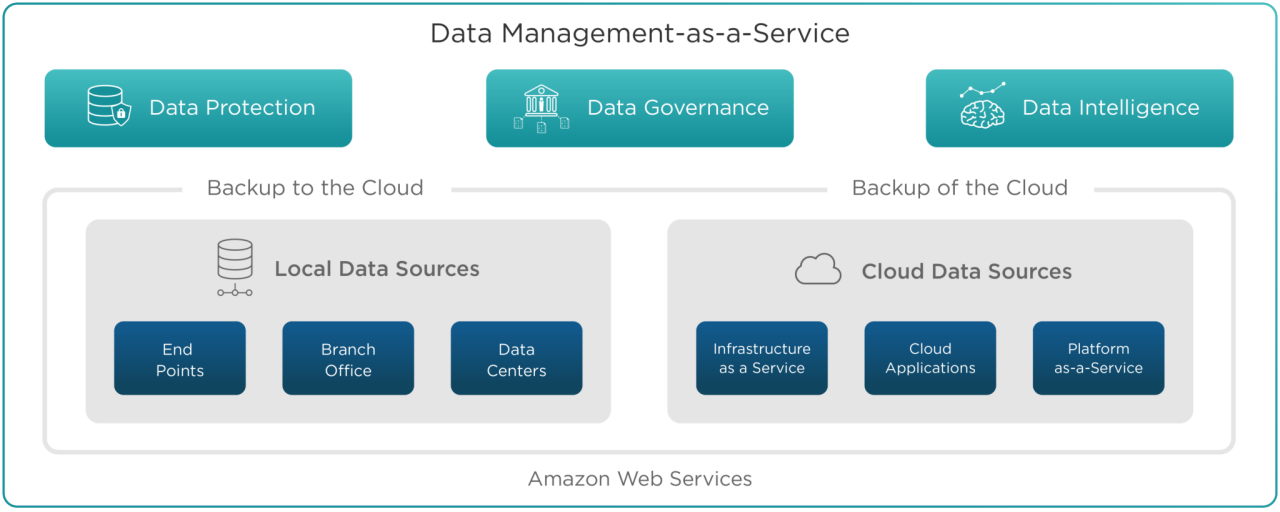Data Management Essentials
The Data Management Association (DAMA) defines data management as “the processes used to plan, specify, enable, create, acquire, maintain, use, archive, retrieve, control, and purge data.” What’s essential to understand within this definition is that none of this is possible unless you have comprehensive visibility into what kind of data you have and where it is. That’s asking a lot, as is finding the beneficial data among the noise — in other words, keeping the signal-to-noise ratio low.
For the purposes of this blog, I’m going to keep things simple and focus on how an IT group can provide the following:
- Protection
- Governance
- Intelligence
Data protection spans storage to cybersecurity and includes any activity that ensures your data is available. Whether it’s day-to-day work-in-progress or archived customer records, this data must always be quickly accessible. It doesn’t matter if you’re dealing with workers who have poor data-hygiene habits or earthquakes, having access to pristine data is critical to success. That’s why the ability to perform corporate-wide backup and recovery is a core responsibility of IT teams.
For the most part, data governance is about making corporate data-handling more efficient and ensuring that your organization meets a myriad of regulatory, legal, and compliance requirements. In particular, eDiscovery is a critically important issue. You need to be able to produce specific information that is demonstrably untainted within a strict timetable, as well as to retain data for defined durations.
Typically, governance requests come from legal or finance groups. They have very strict and specific requirements, to the extent that they often outsource governance activities on their own or cobble together do-it-yourself solutions — occasionally leaving IT in the dark.
Data intelligence is a huge, emerging discipline that leverages analytics and machine learning to transform information into value. Technically, this means getting more data about the data, which is referred to as metadata. The potential here is incalculable — it enables predictive early assessment, data forensics, and advanced information-lifecycle management. However, there is one constant: data has to be clean and uncorrupted. Particularly with dark data, immaculate data hygiene is an absolute requirement. Like flossing, IT teams know they’re supposed to perform regular data hygiene tasks, but they often find excuses not to.

